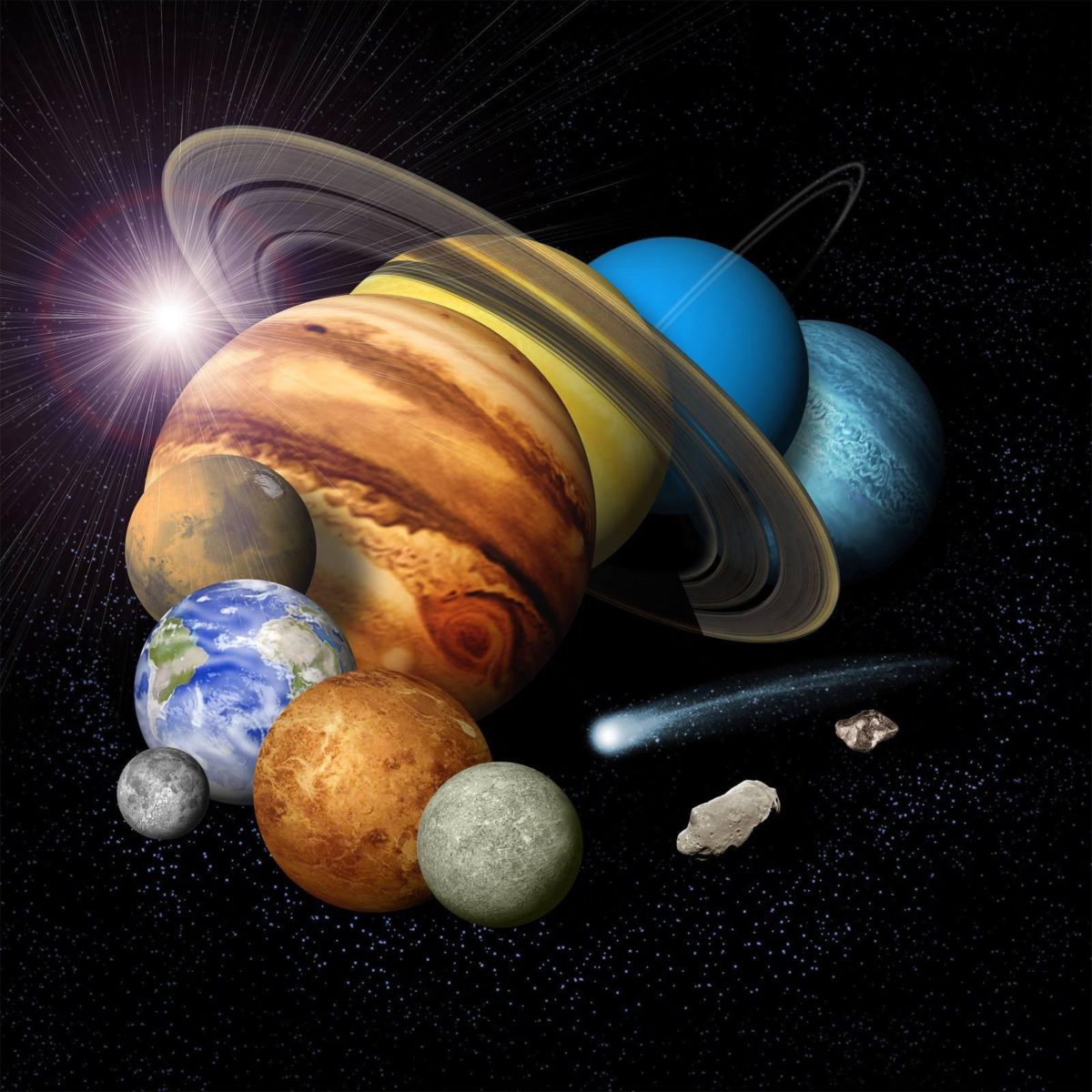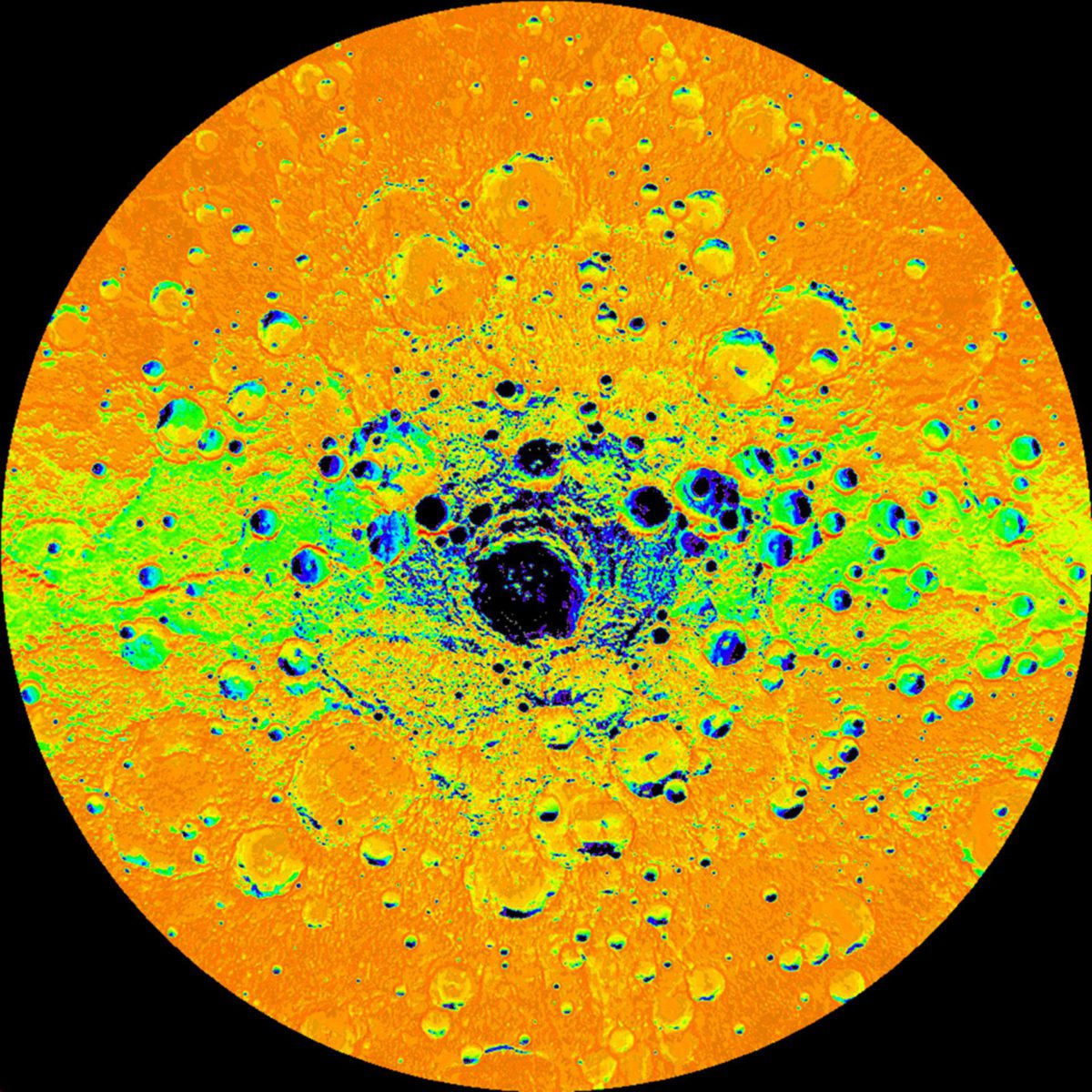All
All
Stories, updates, insights, and original analysis from The Planetary Society.
How GRAIL will meet its end
The twin GRAIL spacecraft are nearly out of fuel, and are being directed to a controlled impact near the north pole on the near side of the Moon on December 17. Before the end, though, they did some cool things, including flying within 2000 meters of mountaintops, and catching video of Lunar Reconnaissance Orbiter in flight.
North Korea launches first satellite
North Korea successfully launched their first satellite from the Sohae Satellite Launching Station at 9:49 a.m. local time Wednesday.
More recommended nonfiction and activity space books for children
My final set of reviews of children's books for 2012: five recommended nonfiction books for a range of ages.
Isostasy, gravity, and the Moon: an explainer of the first results of the GRAIL mission
Last week the GRAIL mission published their first scientific results, and what they have found will send many geophysicists back to the drawing board to explain how the Moon formed and why it looks the way it does now. To explain how, I'm going to have to back way up, and explain the basic science behind gravity data.
Crowdsourcing the Andromeda Galaxy
Scientists would like your help starting at high-resolution images of the Andromeda Galaxy captured by the Hubble Space Telescope.
Blast from the past: Mariner 4's images of Mars
While hunting for photos to use in a presentation, I came across a couple of different amateur takes on the Mariner 4 photo catalog.
Reviews of nonfiction book series for children
Here are four recommended space nonfiction book series that would make excellent additions to any children's library.
Field Report From Mars: Sol 3151-3153 - December 5-7, 2012
An attempt to bump left and get a small bright vein into the instrument deployment device (IDD) work volume failed to get the target in the work plane.
Asteroid 4179 Toutatis' upcoming encounters with Earth and Chang'E 2
Near-Earth asteroid 4179 Toutatis will be passing within 7 million kilometers of Earth on December 12. Both radio telescopes and the Chang'E 2 spacecraft will be acquiring images.
Rovers are awesome, but where's the science?
Now that Casey has explained the budget implications of yesterday's 2020 rover announcement, and The Planetary Society has issued a formal statement, I thought it was time for me to talk briefly about science.
Dawn Journal: Hydrazine Haste Makes Waste
By saving fuel, Dawn will arrive at Ceres in 2015 with about half of the 45.6-kilogram (101-pound) hydrazine supply it had when it rocketed away from Cape Canaveral.
Curiosity update, sol 117: Progress report from AGU
Monday was the big Curiosity day at the fall meeting of the American Geophysical Union. A morning press briefing was followed by an afternoon science session. I traveled to San Francisco briefly just to attend those two events. Here's my notes on the first science reports from the mission.
Planetary Society Weekly Hangout: present and future rovers
The Planetary Society has a new weekly Google+ Hangout time slot, Thursdays at noon PT / 1800 UT. This week, Casey Dreier and I talked about the Curiosity kerfuffle and NASA's future rover plans. Here's the archived recording.
The 2020 Rover in Context
The 2020 rover announced today is entirely consistent with NASA's reduced commitment to planetary exploration due to its 2013 budget.
The Curiosity Kerfuffle: the big (and increasing) difference between data and discovery
I'm in San Francisco, reporting from the American Geophysical Union meeting. This morning, there was a much-anticipated press briefing featuring the latest results from Curiosity.
Field Report From Mars: Sol 3150 - December 3, 2012
Here at station 14 we have decided to do a detailed investigation of an outcrop that is well exposed and lies within an area where there is orbital remote-sensing evidence for clay minerals. These particular rocks are interesting in that they contain a lot of thin veins and alteration zones along joints (cracks) in the outcrops.
Mars Exploration Rovers Update: Opportunity Digs In at Matijevic Hill
While Curiosity and her team found themselves entangled in a media furor over comments, assumptions, and rumors of findings that have yet to be found, Opportunity roved on in November, finishing up the geologic survey of Matijevic Hill and setting a new mileage record along the way.
More than you probably wanted to know about Curiosity's SAM instrument
With all the hoopla surrounding the unknown results of the first analysis of a soil sample by Curiosity's Sample Analysis at Mars (SAM) instrument, I thought an explainer would be useful. What is SAM, what is it designed to measure, and what is the nature of its results? Here you go.
OSIRIS-REx "Name That Asteroid!" Contest Deadline Extended to December 31
Good news, everyone! The OSIRIS-REx team wants to give as many kids as possible a chance to Name That Asteroid! The contest entry deadline has been extended to December 31.
Water ice and organics at Mercury's poles
Water ice at Mercury's poles? That's crazy, right? The MESSENGER team has made a very good case that radar-bright material seen by the Arecibo telescope is, in fact, water ice, covered in most places by a veneer of dark organic material.


 Explore Worlds
Explore Worlds Find Life
Find Life Defend Earth
Defend Earth


 Sun
Sun Mercury
Mercury Venus
Venus Earth
Earth Mars
Mars Jupiter
Jupiter Saturn
Saturn Uranus
Uranus Neptune
Neptune Small Bodies
Small Bodies














